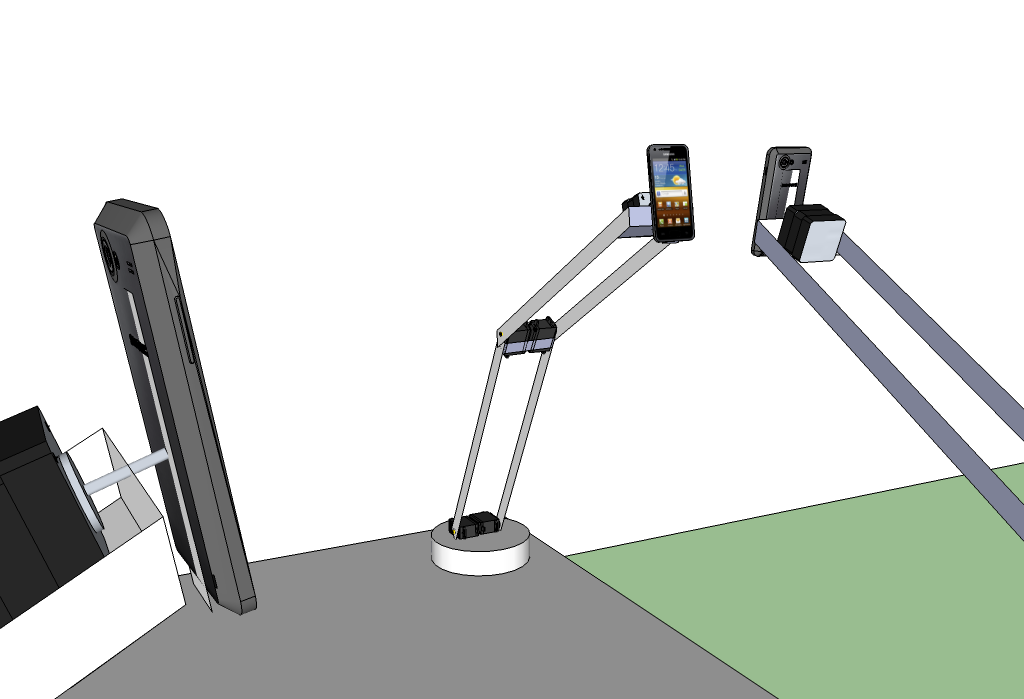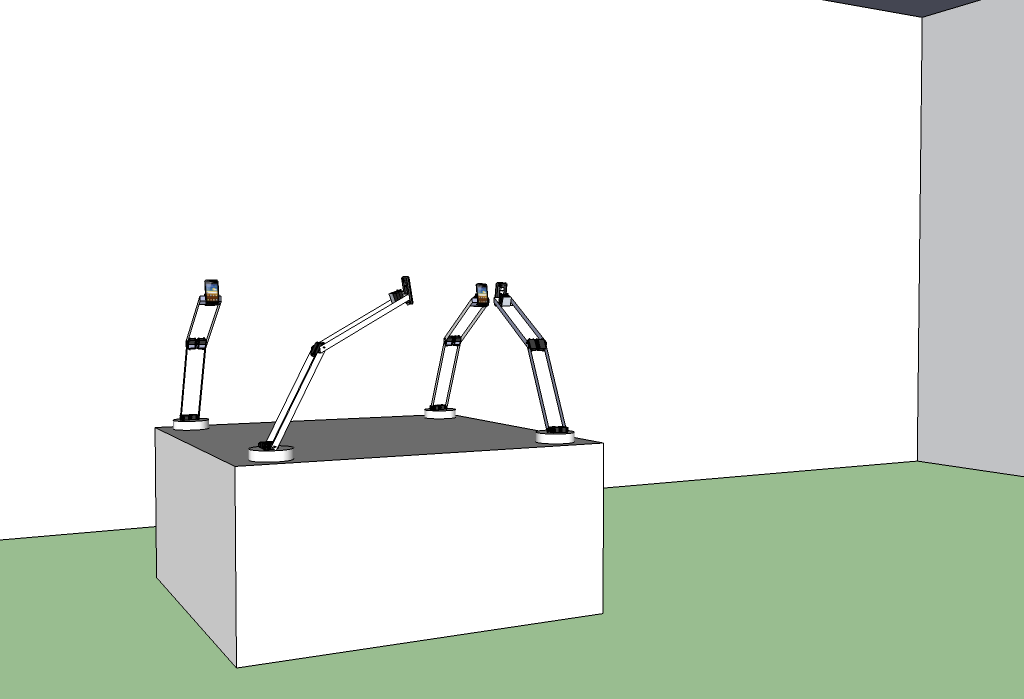
Up until the beginning of the 2000’s, many social psychologists and anthropologists were optimistic about potential benefits brought by mobile communication technologies. In Evolution, Alienation and Gossip, Kate Fox talks about the importance of gossiping; from its role in language evolution to its social and psychological benefits, and links it to mobile text messaging. There was some evidence that suggested that the use of mobile texting was actually strengthening and promoting tighter social interactions in the “fast-paced modern world.”
And then came facebook… and twitter… and other interfaces that seem to promote incessant, unilateral broadcasting instead of the “social cultivation” that was seen as positive in the article.
These kinds of interactions may indeed have their benefits (a generic birthday greeting is arguably better than no greeting at all). However, are there limits to the social and psychological impact of these one-way communication?
Once we become solely concerned with sending (and “trending”, “like-ing”, etc), will our phones and tablets be the ones actually interacting and having all the fun?
As we keep developing faster, better, harder, stronger technologies, and pushing our own limits of understanding and knowledge, how can we maintain agency over our communications? Where do we draw the line between the real self, and the self that has been mitigated by these highly limited interfaces?
Memememe is an interactive and autonomous robotic sculpture that questions these limits and biases of our technologies, as a way to illustrate and explore our own limitations in relying on current digital communication platforms to express ourselves.

It uses cellular phones programmed to communicate with each other through physical communication protocols. That means that instead of using digital communication, they will transfer information and express themselves visually through their screens and cameras, and aurally through their microphones and speakers. They will use custom software to interpret not only the literal content of each message, but also how it is being transmitted.
While trying to optimize this kind of physical communication, the phones will develop their own body language to augment the literal meaning of the messages being transmitted.

Although they will communicate between themselves autonomously, the phones will also be able to receive information from people, who can send them messages through SMS and social networking sites.
Throughout these exchanges, the literal content of the messages will surely be misinterpreted and distorted, and what will be seen by people will most likely not contain as much of the original message, but residues of the phones’ own personal communication process.
tl;dr